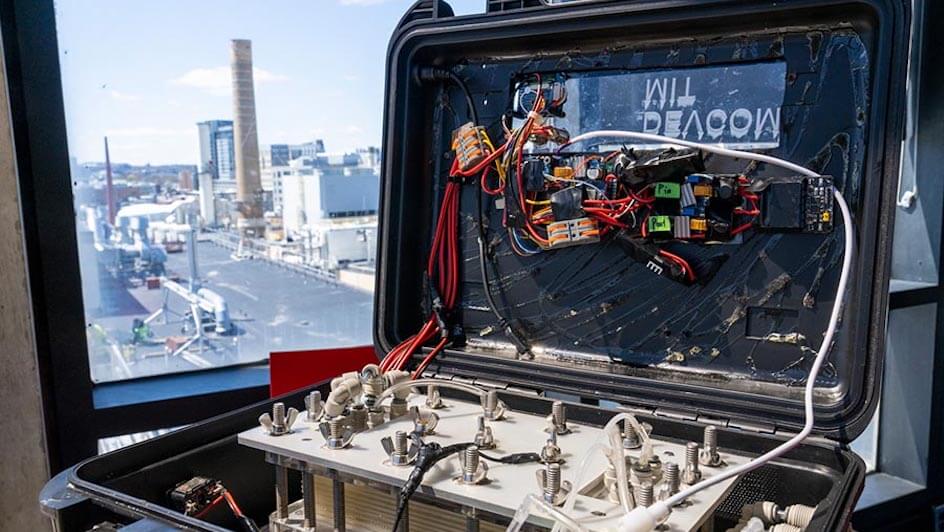Desalination Briefcase: Now You “Sea” It, Now You Don’t

Roughly 71% of the Earth is covered in liquid. Of that, only a mere 0.5% is freshwater, and that means so much more of the wet stuff could be less salty and accessible to millions. That’s where the brains at the Massachusetts Institute of Technology (MIT) come in.
The government-funded project, led by Erick Brack of the US Army Combat Capabilities Development Command Soldier Centre, and in collaboration with researchers from the Department of Electrical Engineering and Computer Science at MIT, have devised an invention that can create clean drinking water from salty or brackish water – and best of all, it’s the size of a briefcase.
Desalination plants require being near a water source, they need specialised maintenance, and also carry a weighty price-tag, both in building and operation.
But Jongyoon Han, senior author of the study, along with his team have produced the technology that was the “culmination of a 10-year journey” and could potentially change the lives of millions across the globe.
The desalination briefcase uses reverse-osmosis desalination, a process where liquids pass through a semi-permeable membrane that removes impurities, but Han’s team took it a step further by including electrodialysis; this adds an additional membrane with a space between the two barriers, and applies an electric current to remove any remaining particles.
A further layer of purification is the ion concentration polarisation system, which removes solids and bacteria from the final saltine-free product.
The 9.4-kilogram device needs less power than a cellphone charger – about 20 watts per hour, or it can use a miniature portable solar panel for roughly 50 watts per hour – and, with the press of one button, can produce clear, clean water that is well above World Health Organisation quality standards.
The gadget is currently capable of producing roughly 300 millilitres per hour, but further research intends fine-tuning the apparatus to produce ten litres per hour. Its environmental impact is minimal as the only byproduct of the process is slightly salty water.
The MIT scientists are looking to improve the trade-off between energy efficiency and the speed of production so as to lower the overall cost of the technology.
The future looks crystal clear – cheers!
Image Credit: Source




















